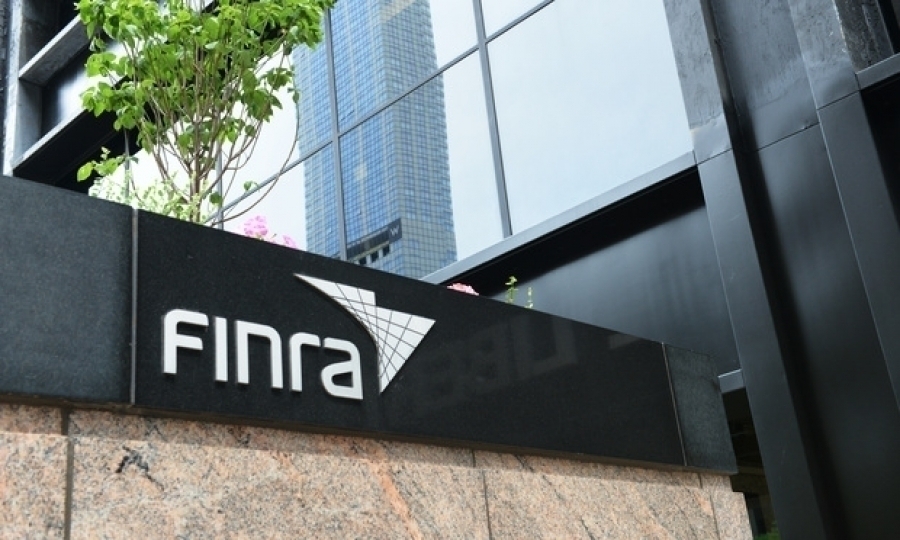
FINRA, the Financial Industry Regulatory Authority, is a self-regulatory organization created in 2007 when the regulatory arms of NYSE and NASD merged.
Tony Cavallaro heads the CRG, and he was the latest guest on FINRA’s podcast, Unscripted.
Cavallaro said that following key investigative missteps in the Bernie Madoff and Allen Stanford cases, FINRA went through a review in 2009.
FINRA revolutionized not only how it investigated wrongdoing but also processed information.
Two ideas were the creation of the Office of Fraud Detection and Market Intelligence (OFDMI), and its nerve center, the Central Review Group, which Cavallaro runs.
The CRG is one of four groups within OFDMI and the head of the insider trading group, Sam Draddy, had also previously been a guest on Unscripted.
As previously mentioned, the CRG is referred to as FINRA’s point guard and Cavallaro explained why, “Since we’re responsible for reviewing pretty much all the incoming matters into FINRA, and then working with a bunch of people determining the right place within FINRA; it’s a perfect name for the central review group.”
Cavallaro said information comes in different ways: media, corporate filings, whistleblowers, and others.
It can also trigger a variety of actions. A news story on a fraud by a broker/dealer could trigger an investigation to remove their FINRA license.
In another case, it turned into an alert for member firms. In this case, information which came into the CRG led to the uncovering of a phishing email scam. Here is part of a press release at the time, February 13, 2019.
“FINRA warns member firms to be on the lookout for a fraudulent phishing email that is currently circulating. Brokerage firms reported to FINRA that they had received suspicious emails targeting their compliance personnel. The email appears to be from a legitimate credit union attempting to notify the firm about potential money laundering involving a purported client of the firm.” FINRA stated. “The email directs the recipient to open an attached document—which likely contains a malicious virus or malware designed to obtain unauthorized access to the recipient’s computer network.”
In another case, FINRA uncovered a scam involving fake checks purportedly from FINRA. Here is part of that press release.
“Fake checks purported to be issued by FINRA appear to be back in circulation in 2019. FINRA fielded two calls in late February from individuals who received unexpected ‘FINRA’ checks. The checks are counterfeit and may arrive by special delivery and require a recipient’s signature.” FINRA stated. “The arrival of these checks may be linked to job search scams, though some past callers noted that there appeared to be no direct reference to a job search relationship accompanying the mailing—just a check out of the blue. We are updating and reissuing this alert to reiterate the risks of cashing unexpected checks and offer tips to avoid being a check scam victim.”
In other cases, it could lead to a more mundane but helpful result, for a member firm. Cavallaro noted that in 2011 FINRA changed rules so that an amendment on a filing called the U5 did not also have to be done on another form, which was the rule until then.
Even though it is eight years later, Cavallaro said he still gets – as recently as last month- duplicate filings.
In that case, the firm is contacted and made aware of the rule. Thus, the firm saves precious time on paperwork.









